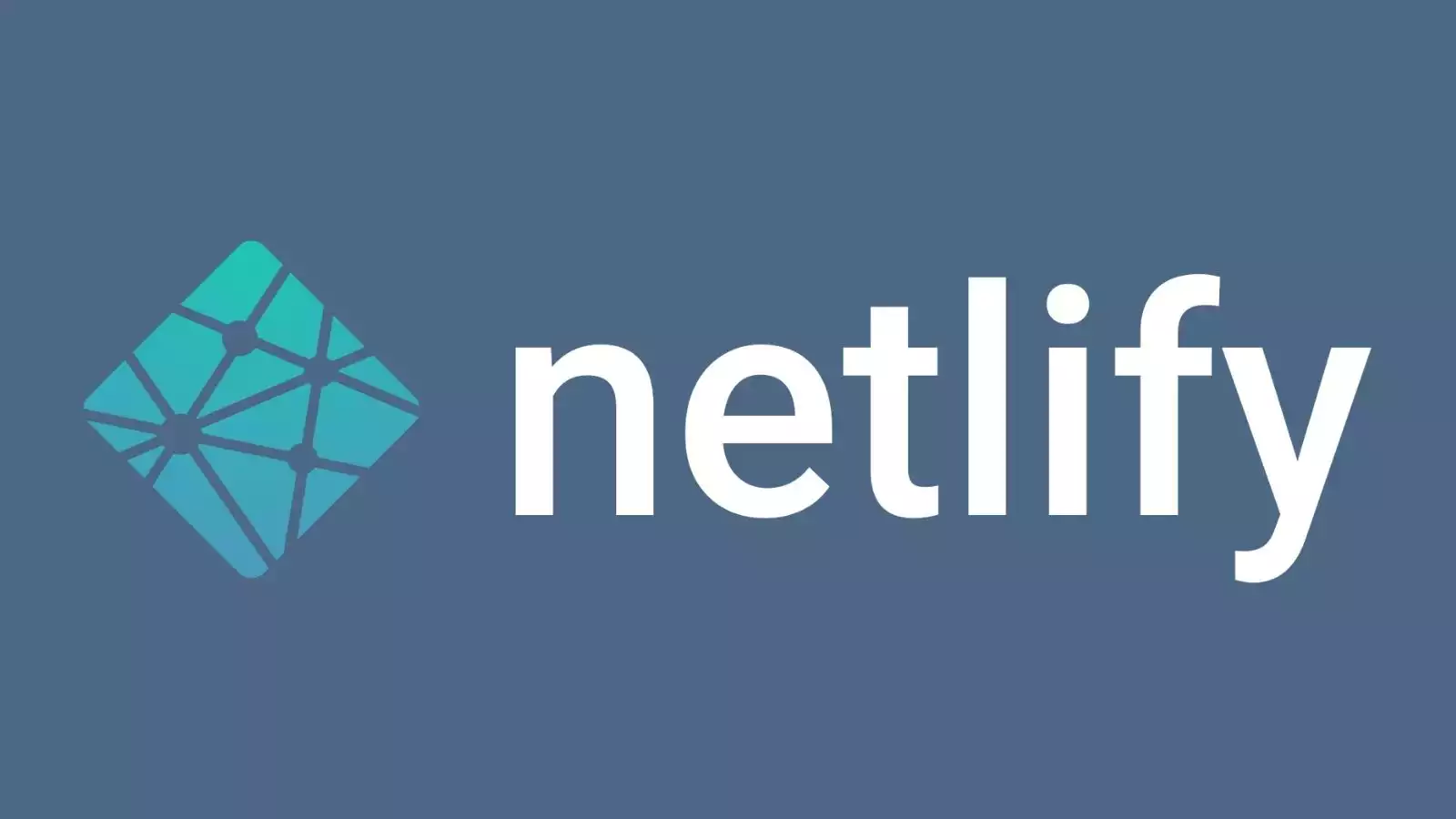Heroku Vs. Netlify Vs. AWS Vs. Azure Vs. Firebase
Modern web applications are often built based on powerful JavaScript features, such as Angular, React, and Vue.js. Those web applications can be hosted anywhere, but you might need more than just hosting. Several big cloud companies, including Heroku, Google, Amazon, and Microsoft Azur, offer practically everything you can ask for, while new competitors, such as Netlify, aim to provide an outstanding user experience for creating modern websites. This article will discuss these platforms and their features: Heroku, Netlify, Amazon Web Services, Azure, Firebase, and Digital Ocean.
Heroku
Netlify Overview:
AWS
Microsoft Azure
Firebase
Google acquired Firebase in 2014, a Backend as a Service (BaaS) cloud computing platform made public in 2011. In essence, this application development platform makes it easier for developers to develop, deploy, and manage mobile and web applications at a low cost and with high productivity. Among the industries that benefit most from Firebase are computer electronics, technology, travel, and tourism. According to SimilarTech, Firebase has 5.35 percent popularity in the computer electronics industry and 5.28 percent in the travel industry, respectively. SimilarTech claims that 51,913 unique domains use Firebase across multiple tech stacks. Two dominating products, Cloud Firestore and Realtime Database make Firebase so popular among users. It is considered the best option to run all data activities in real time with these well-documented and cloud-hosted NoSQL databases. Further, these databases can be modified while offline and are very scalable. As soon as the user goes online, it syncs the data.Heroku vs. Netlify vs. AWS vs. Azure vs. Firebase:
Heroku is a backend platform for Node.js. It’s perfect if you want to spin up a microservice and deploy it in minutes. Startups and small businesses typically choose this service when time-to-market and budget are important. Heroku is not a good choice for performance-heavy applications. Large apps will deploy slowly on the platform. Netlify is one of the best platforms to host web applications. It is fast, supports numerous languages, and is simple to use. With Netlify, you can host static sites and use serverless backend services for your front-end applications. If you’re looking to deploy a backend application like a REST API, use Heroku; if you’re looking to deploy a static site or add a new feature to an existing frontend project, use Netlify. Amazon Web Services is a good choice when you work on a considerable project or need a wide range of features and products. AWS is also more secure than younger competitors like Netlify when you’re concerned about IT security (e.g., banks). There are many different services available on Amazon Web Services, which is a serverless architecture. Users can basically get all their needs met with it.There are essentially no differences between Azur and AWS with regard to their flexible computing, storage, networking, and pricing capabilities. There are several features shared by both public clouds, such as autoscaling, self-service, pay-as-you-go pricing, security, compliance, identity, and access management. AWS and Azure both support hybrid cloud, but Azure does so better. AWS offers direct connections, while Azure offers express routes. The Firebase app development platform is one of Google’s newer offerings that we have yet to explore on a larger scale. You can use it to get started, especially if you are developing Android and iOS apps. The Firebase platform provides backend services as a service.
Final Thoughts
The purpose of this article was to compare Heroku, Netlify, AWS, Azure, and Firebase. When choosing a platform for web projects, you must ask yourself many important questions. The importance of some aspects can vary depending on your situation. If you’re just starting out, you’re probably looking for a cheap and easy solution, whereas larger projects require more sophisticated features and security.Download this Article in PDF format

Arashtad Custom Services
In Arashtad, we have gathered a professional team of developers who are working in fields such as 3D websites, 3D games, metaverses, and other types of WebGL and 3D applications as well as blockchain development.





